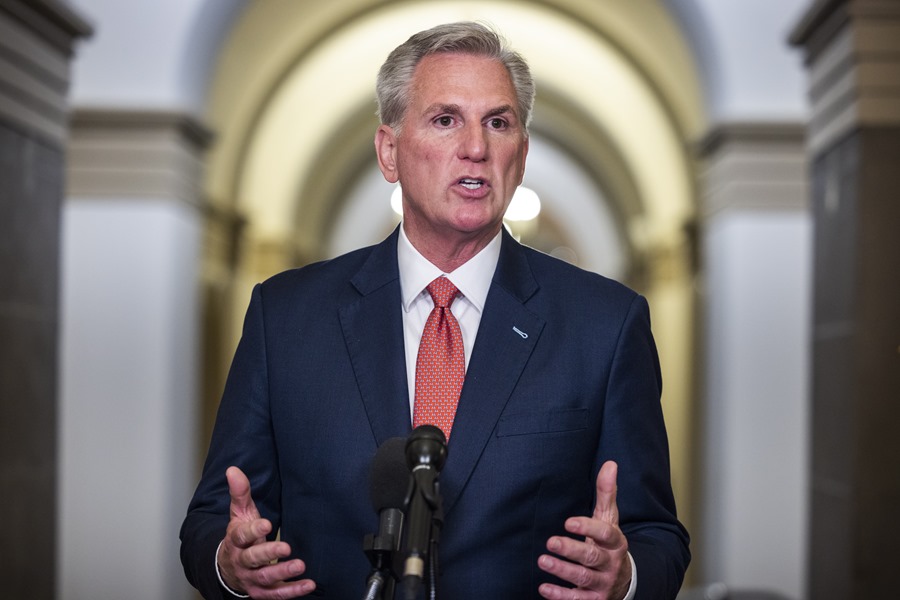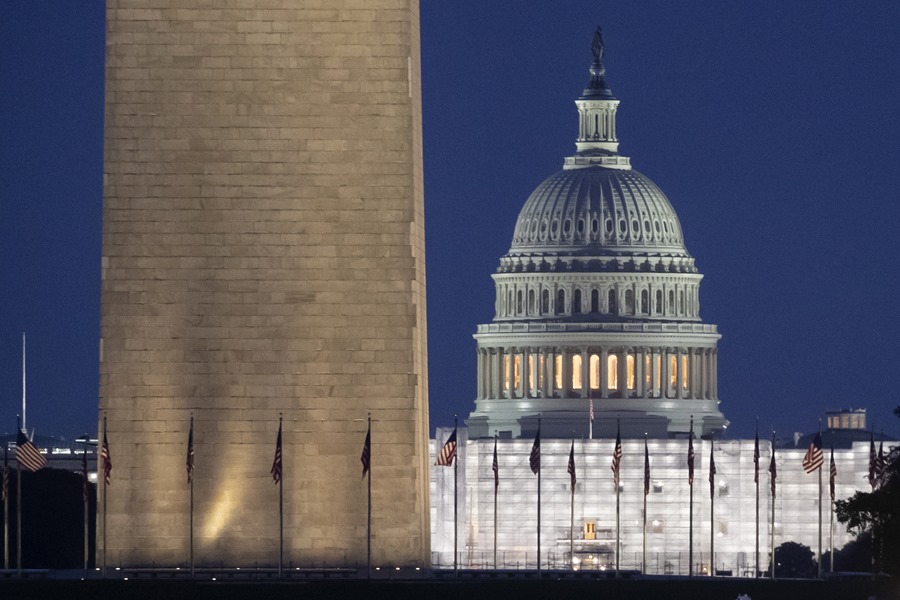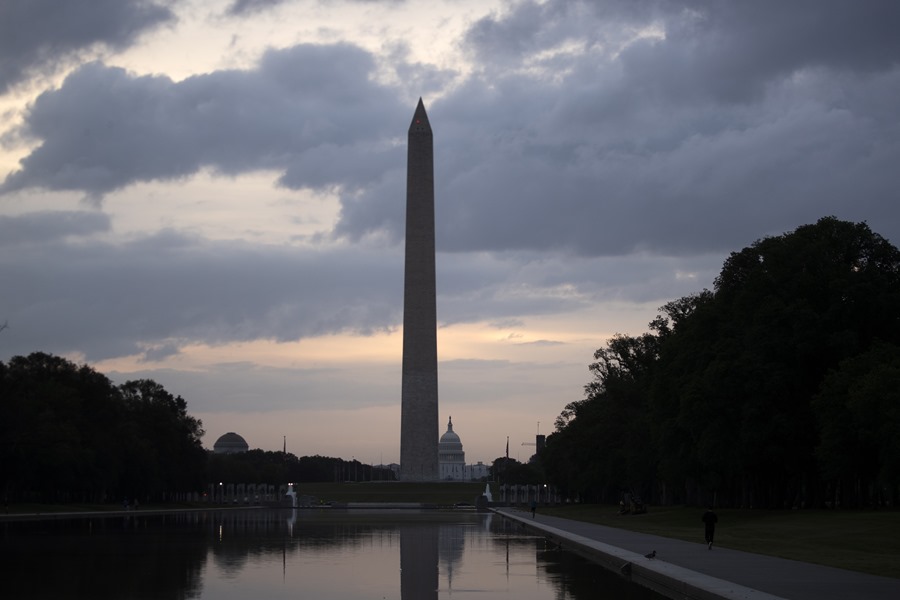Washington (EFE) international markets.
According to the Treasury Department, Washington could run out of funds to pay its debts as soon as June 1 if Congress can’t agree to raise the debt ceiling, which was reached in January and sets the legal limit on money that You can borrow the government.

It is not the first time that the country has looked into the abyss of default, although Democrats and Republicans seem far from reaching an agreement. In these keys we review at what point the negotiations are and what could happen if the US enters into a suspension of payments.
1. “A significant gap”
The main negotiators on the Republican side, Congressmen Garrett Graves and Patrick McHenry, said Tuesday after a meeting with their government counterparts that there is still “a significant gap” between the positions of both groups.

Specifically, the conservatives, led by the president of the House of Representatives, Kevin McCarthy, are trying to get the Administration of Democrat Joe Biden to agree to reduce spending levels and bring them up to those of fiscal year 2022.
The White House has offered to freeze them at 2023 levels, but for the moment it refuses to cut public spending, opting instead to increase the collection – something that Republicans oppose.
After a meeting between McCarthy and Biden this Monday, the Republican criticized the position of the progressives, assuring that “what the US has is not a collection problem, but a spending problem.”
2. What would happen in the event of a default
If Congress is unable to reach an agreement and the country ends up defaulting on its public debt, the most affected socially, according to the director of market strategy of the Ostrum AM manager, Axel Botte, would be the families , the beneficiaries of Social Security and the Armed Forces.

At the investment level, on the other hand, the most affected would be the institutions that hold Treasury securities and also equities, the manager said in a report.
The group, like Detsche Bank, considers it unlikely that the country will eventually default, but warned that a downgrade, as happened in 2011 during a previous debt ceiling crisis, could ” affect short-term US debt securities, weigh on equity markets and spur safe-haven assets such as gold and the Japanese yen.”
3. In other words, has this situation been experienced before?
Yes, although it is normal for Congress to approve raising the debt limit without conditions, as the White House is now requesting. However, in 2011, with Barack Obama as president, the Republicans refused to raise the debt ceiling until the government agreed to cap public spending for years.
The agreement then came two days before the country defaulted on its debt, prompting ratings agency Standard and Poor’s (S&P Global) to downgrade the country’s credit rating from “AAA” to “AA+”. .

According to the US Government Accountability Office (GAO), the confrontation caused an increase of 1.3 billion dollars in financing costs for that year.
4. Are there alternatives to an agreement in Congress?
Some analysts and politicians have tried to offer alternatives to a deal in Congress, such as the possibility of the Treasury minting a “trillion-dollar coin” to deposit with the Federal Reserve and then withdraw the money to pay the nation’s bills. .
Another option that is gaining more and more supporters is for Biden to use a constitutional amendment – known as the 14th Amendment – to raise the debt ceiling without going through congressional approval, as some representatives of his own party have requested.
However, the White House is betting for the moment on trying to reach an agreement with the Republicans, while trying to de-link the negotiations on the budget from the agreement to raise the debt ceiling, which according to the Government should be carried out without conditions – as has already happened on more than 70 occasions since the 1970s.







Wow, marvelous blog layout! How long have you been blogging for?
you make blogging look easy. The overall look of your site is fantastic,
let alone the content!